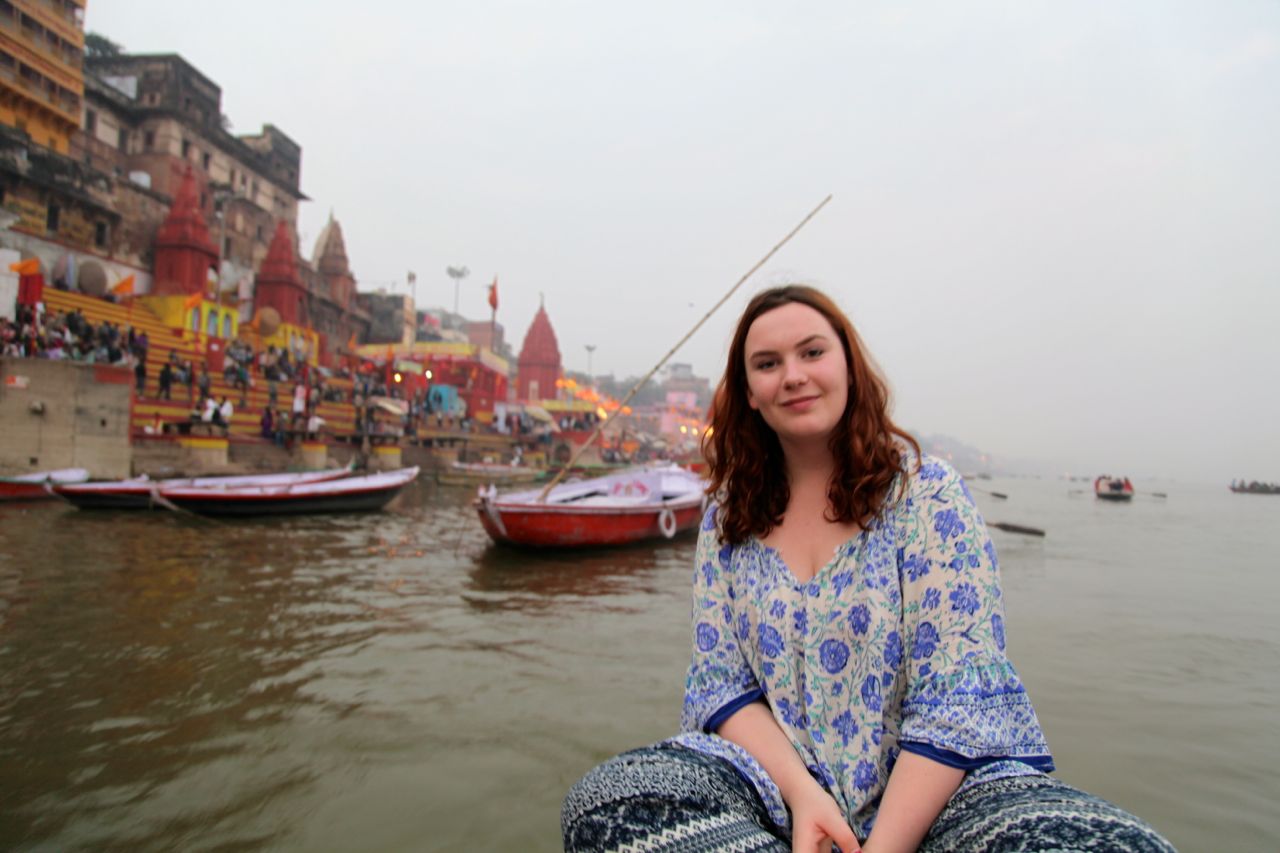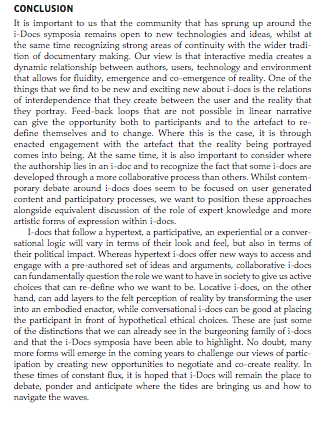This has been an extremely interesting class for me. Mainly because I’ve come into the second tute with no prior knowledge of the class. I wasn’t expecting Adrian Miles to be my tutor, and I had no idea what he was going on about when I walked in and he was talking about squares and circles and mobile phones and video clips.
After ten minutes I had a little insight into the class content and I want ahead and looked at Korsakow and the Adrian Miles interview on the Korsakow blog, as well as checking out some interactive videos made by past students.
I’m now extremely excited for this course. Possibly more excited than I have been for any other course that I’ve entered into at university. This is for a few major reasons.
One is to spend time in a classroom with Adrian Miles. I’ve read a few of his RMIT blog posts and I knew from the moment I read the word ‘fuck’ in one of them I knew that I would like the guy; then he went and started talking about “flirting” with scale and “the elegant indifference of lists” and the deal was cemented.
All attitude aside, through everything that I have read and the brief amount of time that I’ve spent listening to the man, I can see that he believes in what he teaches, and because of that so do I. It’s inspiring and motivating and you just don’t see it enough in Australian and I daresay global classrooms.
I’m also intrigued and admiring of the way that he utilises constantly developing technologies and apps, in the practice of everyday life. I naively held the view that relying on technology to navigate life, my career, my relationships and my work, was cheating. I’ve since changed my views dramatically and it is fantastic to see someone who validates the use of arising technologies with theory and academia, but is more practice based.
Of course there’s also the fact that he’s extremely and extensively knowledgeable about the subject, due to the fact that he’s passionate about it. I can tell that this guy reads about media and interactive film and practices it outside of an environment where he’s getting paid for it. I can also see that he’s genuinely hoping to ignite this passion, or fascination perhaps, through to his students.
The second reason is that I have always thought that interactive film is highly under-rated and under-utilized. I think that this medium would be extremely useful in advertising and I’m not sure why more companies haven’t exploited it as a medium yet. I also think, as a professional events filmmaker and also as a person who makes abstract creative films, often lacking of an obvious narrative, it would be an extremely interesting and engaging way of creative films.
I also am really interested in the nature of lists, of databases and non-linear pathways, which leads me to the third reason that I’m excited for this coming course.
I really liked Networked Media in a weird way that I’m looking forward to expanding on.
This hasn’t been a good blog post in that I’m merely stating what I like, which is simply not enough. So here are a few ways in which I can expand on the things raised in this blog post:
- Integrating modern technologies is more than just practicality for life, technology is both an art form and an art medium. But it’s practicality is also an extremely cool thing and I should look at facilitating my life more with technologies and keeping myself up to date with digital skills and apps etc.
- The theme for this course is relations, this is really just another way of saying “connections”, and making connections is something I’ve already blogged on, and something that I think is extremely important and useful as a pedagogic practice. I can already see a lot of connections forming in this class.
- As this class is something I’ve become interested in at the outset, I should be making an effort to engage with the course, and material outside of the course, in an insightful and analytical way. This is something that I can document on my blog and I have made this one of my 5 weekly goals for this course.
- Self analysis and reflection is again coming into play as a major element of a uni course and it is something that I should be taking more seriously.
- Make notes of the differences in informed making and naive making. Practice informed making, even in documentation.

